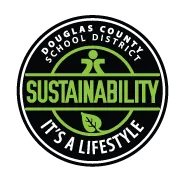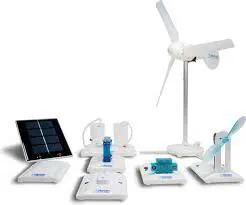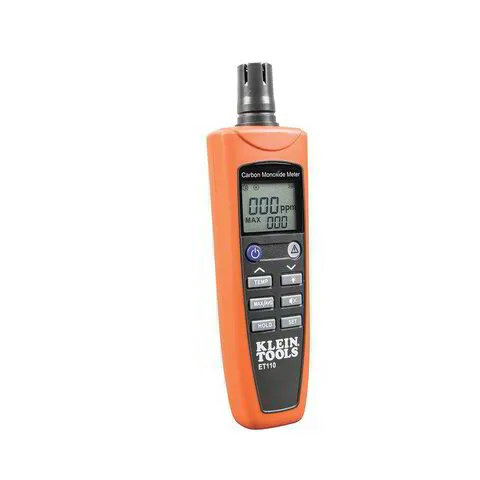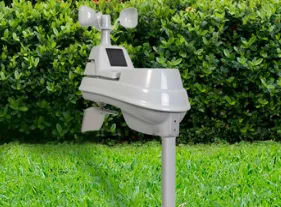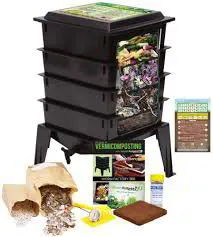Climate and Ecosystems
Understanding the climatic cycles and ecosystems on Earth gives students a better vision of how climate change is affecting our environment. Climate programs focus on providing teacher training through professional development opportunities, providing science-based resources and tools for hands-on exploration. This allows students to discover how better management of natural resources promotes sustainability of the planet.
DCSD Sustainability Library
Elementary
Sustainability connections to the CAS:
- Climate describes patterns of typical weather conditions over different scales and variations; historical weather patterns can be analyzed.
- A variety of weather hazards result from natural process; humans cannot eliminate weather-related hazards but can reduce their impacts.
Lessons:
The Weather House - Design and Construction
Sweltering Summer - Measuring Weather (weather station available through the Sustainability Library)
Sustainability connections to the CAS:
- Earth has changed over time.
- A variety of hazards result from natural process; humans cannot eliminate natural hazards but can reduce their impacts' effect.
Lessons:
Understanding, Testing and Analyzing Dams (multiple lessons)
Sustainability connections to the CAS:
- Earth’s major systems interact in multiple ways to affect Earth’s surface materials and processes.
- Most of Earth’s water is in the ocean and much of Earth’s freshwater in glaciers or underground.
- Societal activities have had major effects on land, ocean, atmosphere and even outer space.
Lessons:
Exploring Daily Shadow Changes
Rotation and Revolution of the Earth Around the Sun
Big Book of Environmental Issues
Modeling the Distribution of Water on Earth
Hydrosphere: Why Oceans are Salty
Investigating Erosion Control Methods
Resources:
Middle
Sustainability connections to the CAS:
- Ecosystems are dynamic in nature; their characteristics can vary over time. Disruptions to any physical or biological component of an ecosystem
Lessons and Activities:
Say Cheese! Journaling with Live Web-Cams
Going, going, gone - species conservation through PBL
Abiotic & Biotic Factors in Yellowstone National Park
The Function of Plant Structures
More Than Manure - soil analysis lab
The Frogger Project - Problem Solving, Prevent Frogger from becoming an environmental hazard
Investigating Renewable Energy and Impacts on Biodiversity
Lessons and Activities:
Say Cheese! Journaling with Live Web-Cams
Going, going, gone - species conservation through PBL
Abiotic & Biotic Factors in Yellowstone National Park
The Function of Plant Structures
More Than Manure - soil analysis lab
The Frogger Project - Problem Solving, Prevent Frogger from becoming an environmental hazard
Investigating Renewable Energy and Impacts on Biodiversity
Sustainability connections to the CAS:
- Adaptation by natural selection acting over generations is one important process by which species change over time in response to changes in environmental conditions.
- Complex interactions determine local weather patterns and influence climate, including the role of the ocean.
- Human activities have altered the biosphere, sometimes damaging it, although changes to environments can have different impacts for different living things.
- Human activities affect global warming. Decisions to reduce the impact of global warming depend on understanding climate science, engineering capabilities, and social dynamics.
Lessons and Activities:
Say Cheese! Journaling with Live Web-Cams
Going, going, gone - species conservation through PBL
Abiotic & Biotic Factors in Yellowstone National Park
The Function of Plant Structures
More Than Manure - soil analysis lab
The Frogger Project - Problem Solving, Prevent Frogger from becoming an environmental hazard
Investigating Renewable Energy and Impacts on Biodiversity
Resources:
High School
Sustainability connections to the CAS:
- Earth’s systems, being dynamic and interacting, cause feedback effects that can increase or decrease the original changes, and these effects occur on different time scales, from sudden (e.g., volcanic ash clouds) to intermediate (ice ages) to very long-term tectonic cycles.
- The role of radiation from the sun and its interactions with the atmosphere, ocean, and land are the foundation for the global climate system. Global climate models are used to predict future changes, including changes influenced by human behavior and natural factors.
- The biosphere and Earth’s other systems have many interconnections that cause a continual co-evolution of Earth’s surface and life on it.
- Global climate models used to predict future climate change continue to improve our understanding of the impact of human activities on the global climate system.
Lessons and Activities:
High School Earth & Space Science Lessons from BetterLesson.com
HHMI Interactive Online simulations and virtual lessons for climate change and plate tectonics
High School Life Science Lessons from BetterLesson.com
